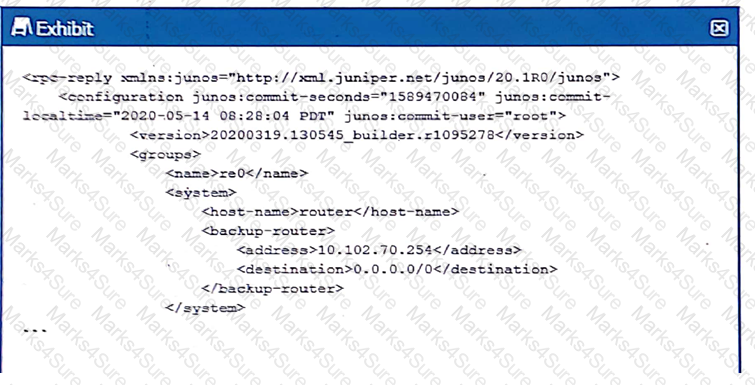DevOps is a set of practices, tools, and cultural philosophies that aims to integrate and automate the processes between software development and IT operations teams. The primary goal of DevOps is to shorten the systems development life cycle and provide continuous delivery with high software quality.
Option C is correct because DevOps fundamentally focuses on breaking down the silos between development and operations teams, fostering a collaborative environment where these teams work together throughout the entire software lifecycle. This collaboration extends to other stakeholders, including quality assurance (QA), security, and more, to ensure that the product is continuously delivered and improved based on real-time feedback.
DevOps promotes a cultural shift where teams are no longer isolated but work together to share responsibilities, which leads to increased efficiency, faster problem resolution, and a more streamlined deployment process. This culture of collaboration is supported by various automation tools and practices such as Continuous Integration (CI), Continuous Deployment (CD), Infrastructure as Code (IaC), and automated testing.
Supporting References:
Juniper Networks Automation and DevOps Documentation:This documentation emphasizes the importance of collaboration between development and operations teams to streamline processes and improve efficiency, aligning perfectly with the principles of DevOps.
"The DevOps Handbook"by Gene Kim, Patrick Debois, John Willis, and Jez Humble: This book provides an in-depth look into how DevOps practices enhance collaboration and lead to faster, more reliable software delivery.
IEEE and Industry Standards:While DevOps practices are widely adopted, they are not defined or maintained by IEEE or any other formal standards body, which is why option D is incorrect.
